Ice Pick Scars – Causes, Home Remedies, & Treatment Options
Solutions to minimize the appearance of these stubborn scars and improve skin texture.

Image: iStock
Ice pick scars are types of acne scars that form tiny, deep, and narrow holes in the face. Many people find them quite unsightly and want to know how to treat ice pick scars. Unfortunately, however, no treatment options can erase these scars, but they can help improve their appearance.
Acne is difficult to treat. Things get worse when acne leaves scars on your face. Severe acne can lead to the formation of ice pick scars. In this article, we talk about various treatment options available for ice pick scars. Read on.
In This Article
What Are Ice Pick Scars?
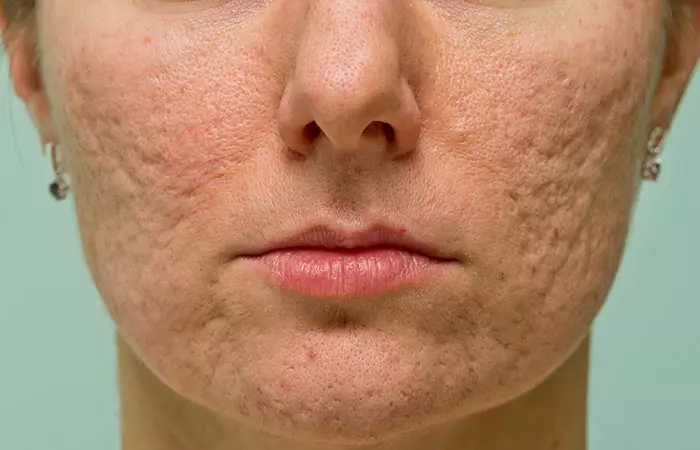
Ice pick scars are the most common types of acne scars.
They usually have a “V” shape and look like someone poked holes in your skin with a sharp object (such as an ice pick). These form tiny and deep holes in your skin. Some of them might even look like enlarged pores.
These scars extend much deeper into your dermis, which is why it is challenging to treat them. How do these scars form? Find out in the next section.
Key Takeaways
- Deep cystsi An abnormal sac-like non-cancerous growth that contains liquid or semi-solid substances and causes pain. and papulesi A small, benign pimple-like growth that appears as a well-defined bump on the skin but does not produce pus. can lead to ice pick scars.
- Punch excision, punch replacement grafting, punch elevation, dermabrasion, and microdermabrasion are the most popular ice pick scar treatments.
- Do not pick or touch your acne to prevent ice pick scars.
How Do Ice Pick Scars Develop?
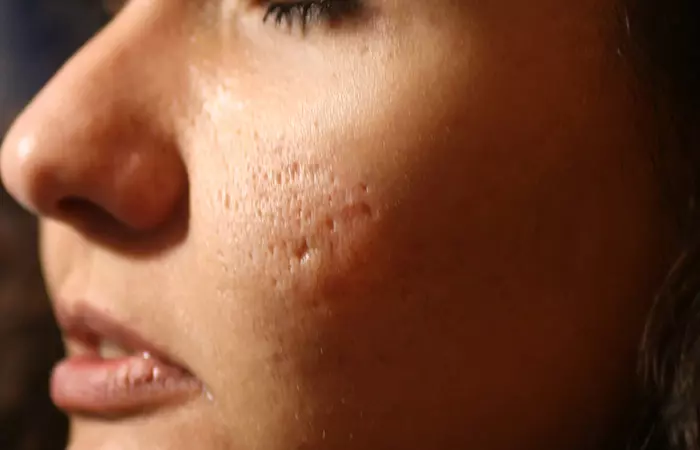
Severe acne, such as deep cystsi An abnormal sac-like non-cancerous growth that contains liquid or semi-solid substances and causes pain. and papulesi A small, benign pimple-like growth that appears as a well-defined bump on the skin but does not produce pus. , which damage the skin structure to a great extent can cause ice pick scars.
The development of ice pick scars mainly depends on two factors – first, how your skin is healing, and second, inflammation. We have already understood that if the inflammation extends much deeper into your skin, you are more likely to develop scarring. Also, picking acne before it heals increases your chances of developing scars.

 Quick Tip
Quick TipHence, you should never pick or squeeze acne. Treat it immediately so that it does not leave behind any scars. However, if you still develop ice pick scars, there are several ways to minimize their appearance so that your skin appears smoother.
Popular Treatment Options To Improve The Appearance Of Ice Pick Scars
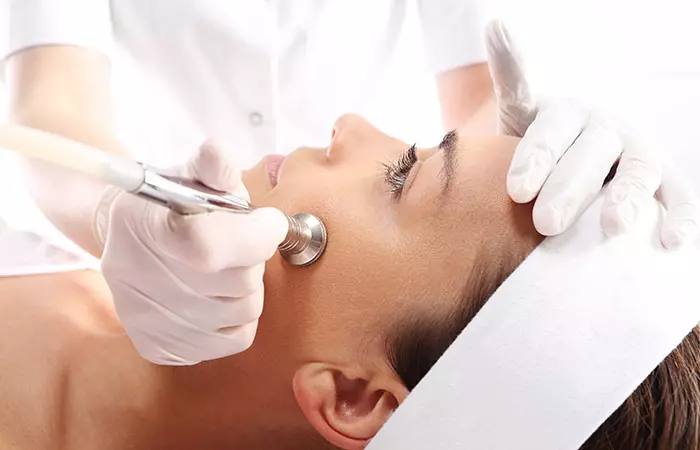
The treatment options discussed here are performed by dermatologists, who determine the best treatment options for your skin based on the type of atrophy acne scars. All treatment options have their pros and cons, and you can discuss them with the doctor before undergoing the procedure. The dermatologist may use a single treatment method or a combination of treatments for the best results.
1. Punch Excision
In this method, the ice pick scar is cut out using a circular tool. The wound is then stitched from all sides. A new flat scar forms in place of the ice pick scar. Instead of a deeper scar, this technique will form a less noticeable, much smaller, and linear scar (1).
2. Punch Replacement Grafting Or Punch Grafting
In this method, the ice pick scar is filled with skin taken from any other part of the body. It is similar to skin grafting and is considered the best of all methods to improve the appearance of ice pick scars. You may need multiple replacement grafts (often 20 or more) (1).
3. Punch Elevation
This method is a mixture of punch excision and punch grafting. In this process, the center of the scar is removed and then elevated such that it is just slightly raised and matches the level of the bordering tissue. This makes the scar appear flat. This is mostly used for boxcar scars. However, the doctor may also use this for ice pick scars along with a combination of other techniques (2).
4. Dermabrasion
In this process, the dermatologist uses a special abrasive tool to remove the top layer of the scar. The device is moved over your skin to remove the epidermis. As the skin layer is removed, the ice pick scars appear shallow, with a less pitted appearance. Multiple sessions are needed for significant improvement, so you need to go for follow-up sessions.
5. Microdermabrasion
Like dermabrasion, this is also a skin resurfacing treatment. In this process, the dermatologist uses a small tool with a diamond tip to rub against your skin. This removes the upper layer of your skin, making the scars less visible. Often, this process is used along with punch excision and other scar minimizing treatments.
6. Microneedling
In this method, a special and tiny tool is used to create multiple small injuries (small holes) in the scar. This is to make the skin produce more collageni The most abundant protein in the body that is responsible for the structure and function of connective tissues and bones. to heal the wound. Once the wound heals, the depth of the scar is reduced. You will need multiple sessions of this treatment to completely get rid of the pitted acne scars.
7. Chemical Peel
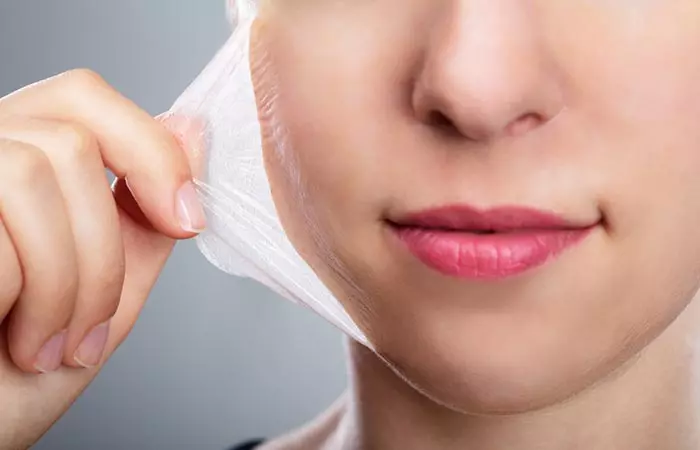
This method works by removing the topmost layer of the skin. High concentration (as determined by the doctor) of skin acids is used for this purpose. Deep peels give you maximum results. However, they might cause side effects, such as skin irritation and redness. Although at-home chemical peels are available, it is better to get it done under the supervision of a skin care specialist.
8. Laser Resurfacing
In this procedure, different types of lasers are used to remove the skin on and around the scars to promote the growth of new skin cells. This laser treatment for acne scars may involve the use of non-ablative and ablative lasers. Although both types of lasers promote collageni The most abundant protein in the body that is responsible for the structure and function of connective tissues and bones. production, non-ablative lasers have lesser downtime than ablative lasers.
9. TCA CROSS
This is a chemical reconstruction of facial scars. This process uses an acid called trichloroacetic (TCA) acid. This acid is inserted into your scars. The concentration is often high, anywhere between 70% and 100%. The acid damages the epithelial layer of your skin. As the wound heals, your skin produces collageni The most abundant protein in the body that is responsible for the structure and function of connective tissues and bones. to cover it. As a result, the depth of your scar decreases.
10. Radiofrequency Therapy
Compared to other methods, this one is new. It involves using high-frequency radio waves to smoothen and tighten your skin. This minimizes the appearance of your scars.
 Quick Tip
Quick Tip11. Hyaluronic Acid Injections
These injections involve the use of the naturally available hyaluronic acid in your body. Dermatologists administer these injections over several sessions. The acid may help fill and smooth out the scars. Injecting hyaluronic acid fillers may also boost collagen production and enhance soft tissues to reduce the appearance of scars.
While the treatment provides effective results, they are temporary. One needs to repeat the procedure periodically for long-lasting effects. However, patient satisfaction is high.
Some mild side effects associated with this procedure include temporary redness and mild to moderate pain during the procedure (4).
Even though professional treatment methods are the best way to improve these scars, many opt to try home remedies and topical ointments. But do they work?
Do Home Remedies And Other OTC Medicines Work On Ice Pick Scars?

Home remedies do nothing to minimize ice pick scars. Even topical ointments are not as powerful as professional treatments in improving the appearance of these scars and making your skin smoother.
Some homemade remedies involving rosehip seed oil, aloe vera gel, honey, yogurt, and other common ingredients may help improve the overall texture of your skin, but they cannot treat ice pick scars.
Although home remedies and ointments may not diminish the scars, they can help in keeping your skin healthy and preventing possibilities of future breakouts. If you already have acne on your face, a good skin care regimen ensures that you do not develop scars later. Scroll down to learn about some more tips you can follow to prevent these scars.
How To Prevent Ice Pick Scars?
Here are some tips you can follow to reduce the risk of ice pick scar formation:
- Cleanse your face with a gentle cleanser twice a day. Follow up with a moisturizer.
- Ensure your skincare and makeup products are labeled as non-comedogenic. This means that they will not clog pores, preventing acne breakouts.
- If you have active acne, avoid picking or squeezing the pimples to prevent worsening the condition and increasing the risk of scarring.
- If you have persistent acne, consider visiting a dermatologist for proper treatment.
Infographic: Skincare Habits That Help Prevent Acne And Ice Pick Scars
Ice pick scars, though harmless, take away the feel of a smooth glass skin look. While a few treatments suggested by people specializing in dermatology can definitely help even out these pits and dents, it is best to prevent acne and scars in the first place. Click on the infographic below to learn about the right skincare habits that can help reduce the risk of acne and ice pick scars.
Some thing wrong with infographic shortcode. please verify shortcode syntaxIce pick scars are deep and caused by severe acne. They usually do not go away; however, you may improve their appearance and make them less visible with professional treatments. Scarring often depends on how the skin heals from the acne inflammation. Therefore, if you have severe acne, focus on proper treatment and not picking at the inflammation. This prevents the risk of developing deep scars in the first place. Also, follow a proper skin care routine and consult a doctor to minimize the risk of scarring.
Frequently Asked Questions
How long does it take for ice pick scars to go away?
Depending on the scar removal method used, ice pick scars may take anywhere between a few months to a few years to go away.
Can retinoli An over-the-counter formulation of vitamin-A that helps unclog pores and increases collagen production. help ice pick scars?
Ice pick scars are stubborn and may require cosmetic procedures to remove. collageni The most abundant protein in the body that is responsible for the structure and function of connective tissues and bones. production.” ] helps to boost collageni The most abundant protein in the body that is responsible for the structure and function of connective tissues and bones. production, so it may help reduce the appearance of these scars.
Can tretinoin get rid of ice pick scars?
Yes. There is some evidence to suggest that tretinoin may help reduce the appearance of ice pick scars (3).
Does Accutane help with ice pick scars?
Accutane is the brand name of an isotretinoin formulation that is not recommended for removing ice pick scars as there is not sufficient evidence to suggest its efficacy and safety.
Does a dermaroller work on ice pick scars?
Yes, a high-quality dermaroller may help reduce ice pick scars. However, it is recommended to get cosmetic procedures such as microneedling done by a dermatologist.
Some thing wrong with illustration image shortcode. please verify shortcode syntaxLearn more about how to treat ice-pick acne scars with this helpful video. Watch this video to get tips on the best treatments to reduce the appearance of these scars.
References
Articles on StyleCraze are backed by verified information from peer-reviewed and academic research papers, reputed organizations, research institutions, and medical associations to ensure accuracy and relevance. Read our editorial policy to learn more.
- Effective Treatments of Atrophic Acne Scars. The Journal of Clinical and Aesthetic Dermatology, US National Library of Medicine, National Institutes of Health.
https://www.ncbi.nlm.nih.gov/pmc/articles/PMC4445894/ - Efficacy of Punch Elevation Combined with Fractional Carbon Dioxide Laser Resurfacing in Facial Atrophic Acne Scarring: A Randomized Split-face Clinical Study. Indian Journal of Dermatology, US National Library of Medicine, National Institutes of Health.
https://www.ncbi.nlm.nih.gov/pmc/articles/PMC4601415/ - Acne Scarring—Pathogenesis, Evaluation, and Treatment Options
https://www.ncbi.nlm.nih.gov/pmc/articles/PMC5749614 - Fillers For The Improvement In Acne Scars
https://www.ncbi.nlm.nih.gov/pmc/articles/PMC4598204/
Read full bio of Dr. Somodyuti Chandra
Read full bio of Ramona Sinha
Read full bio of Eshna Das
Read full bio of Shiboli Chakraborti






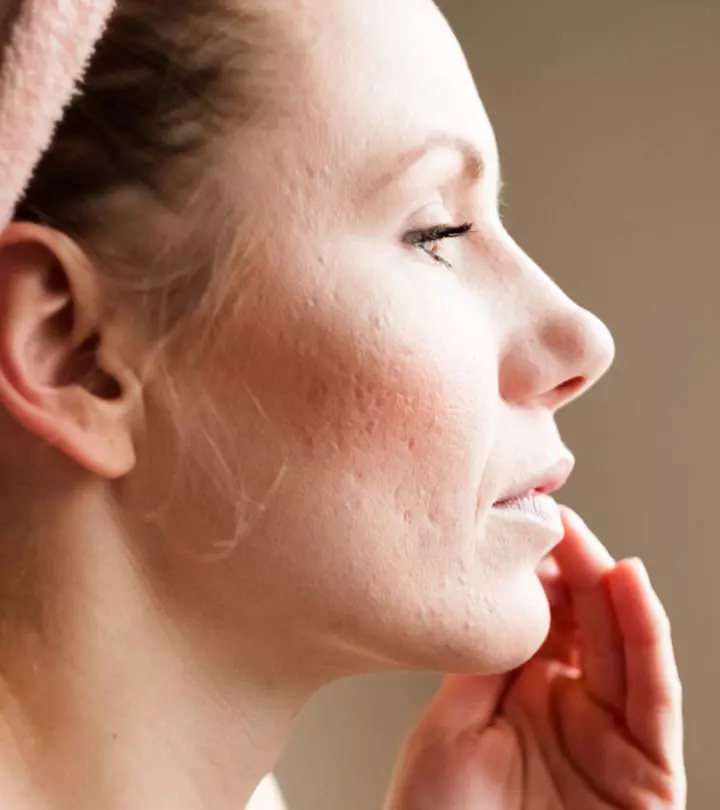
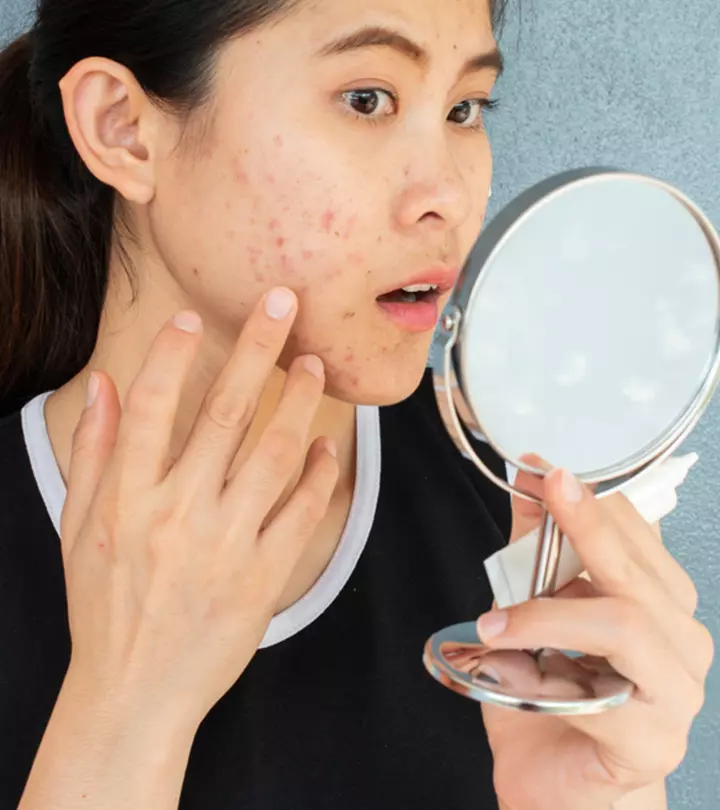
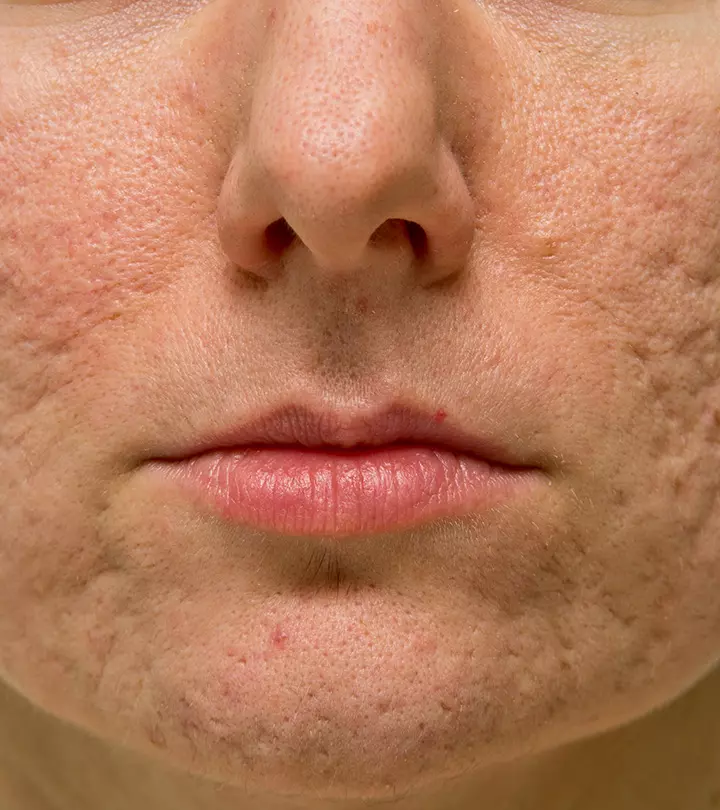
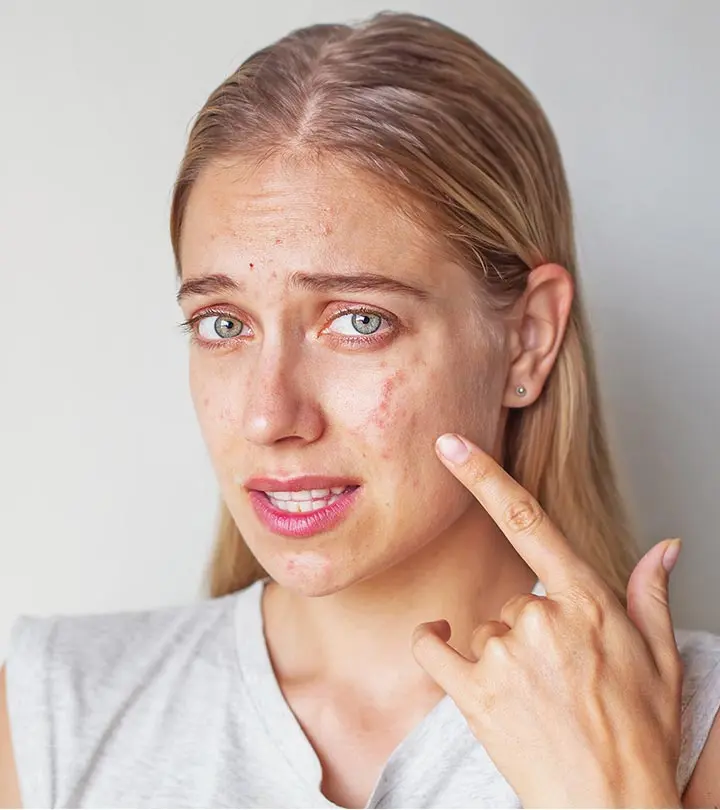
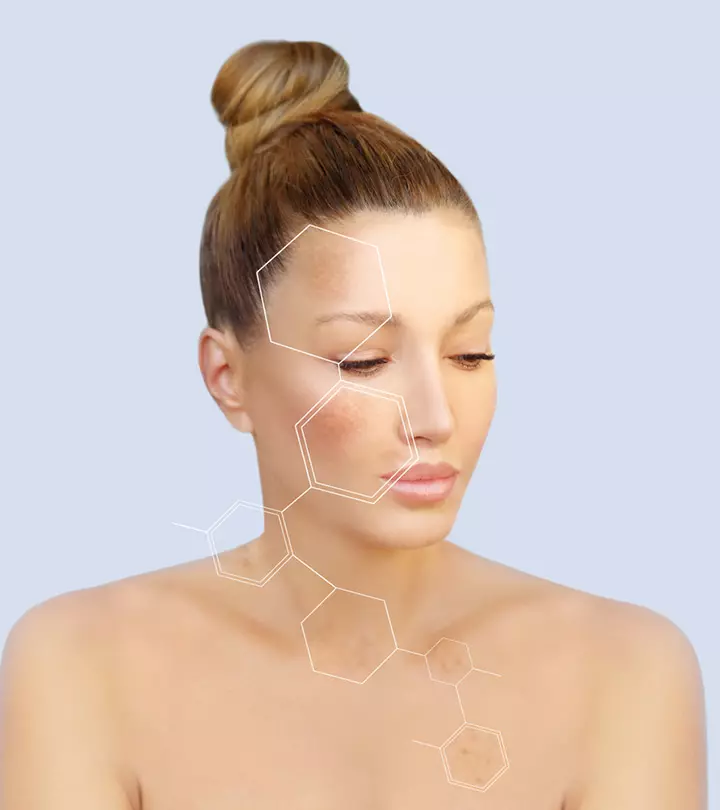

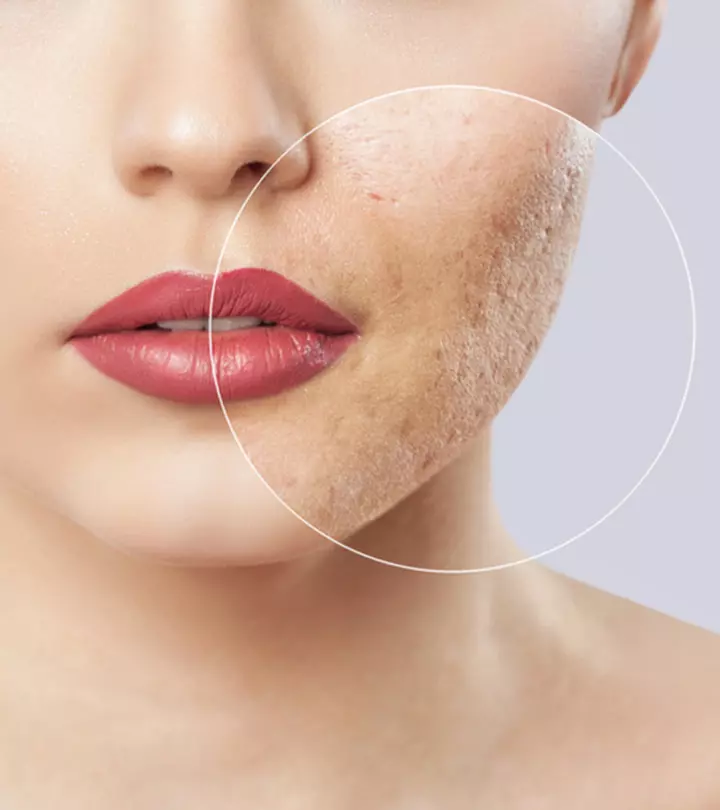
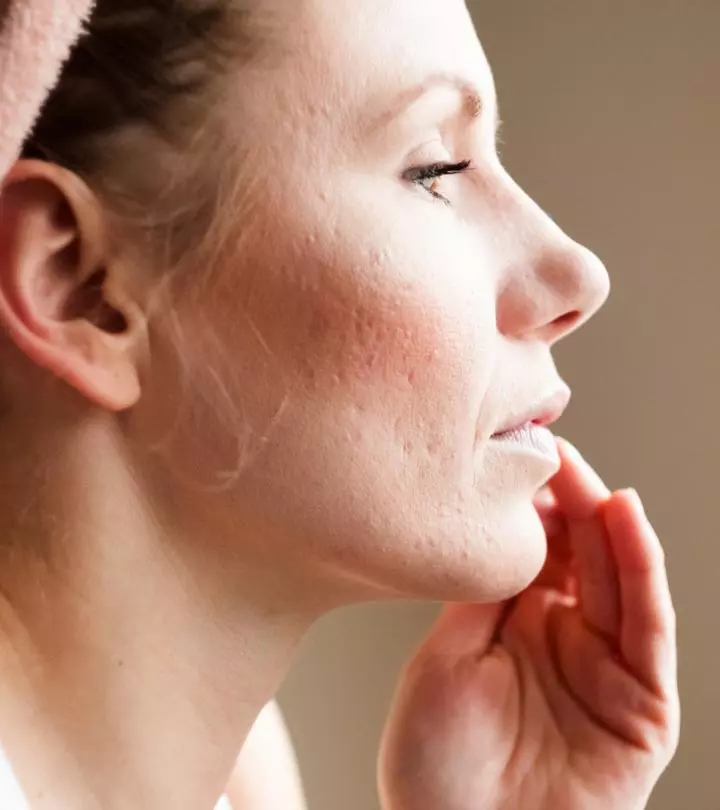
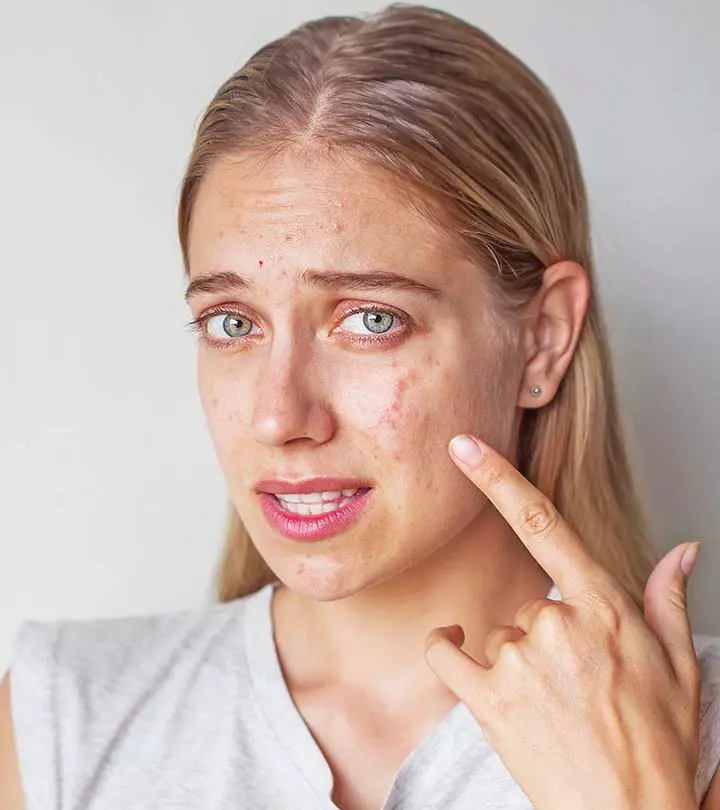

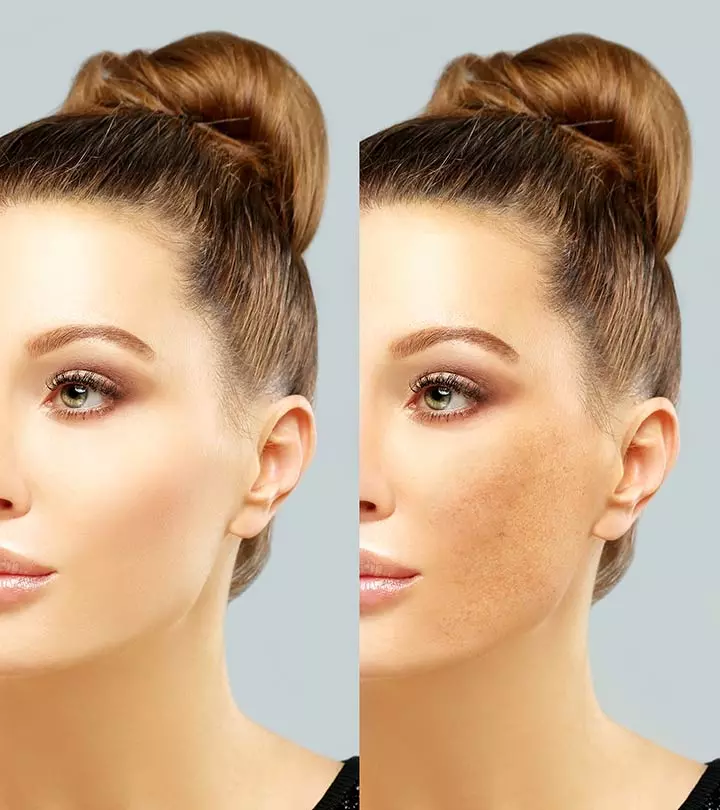
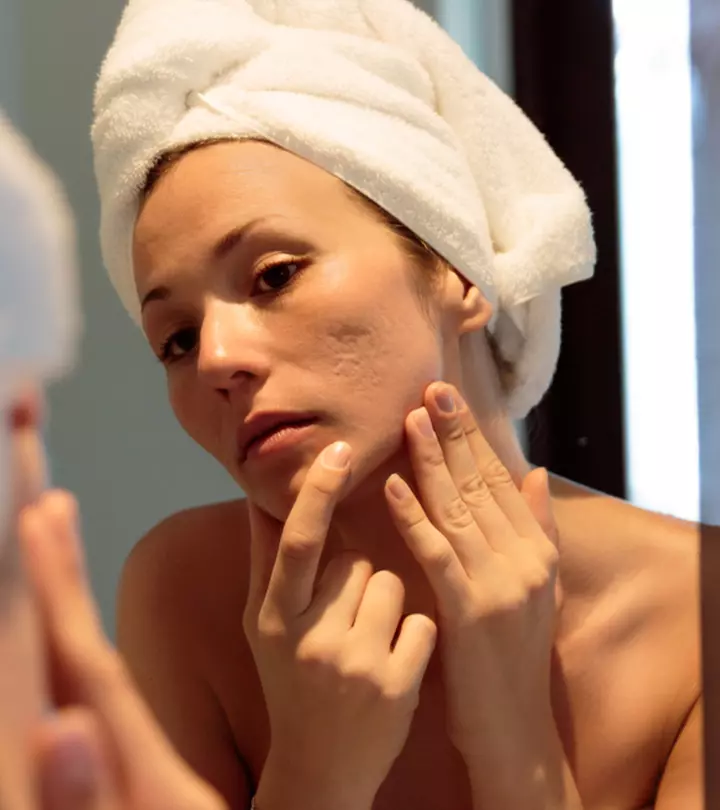
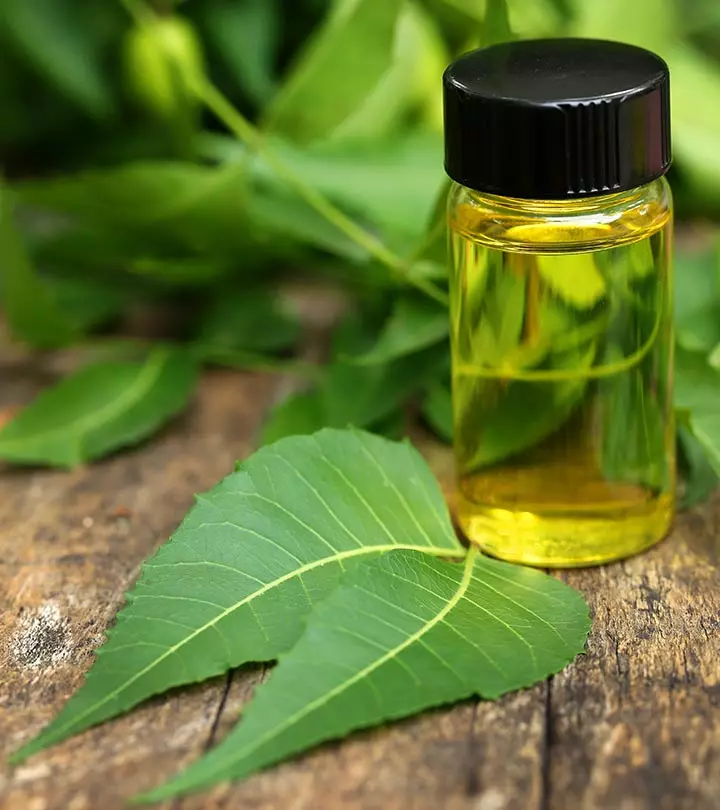


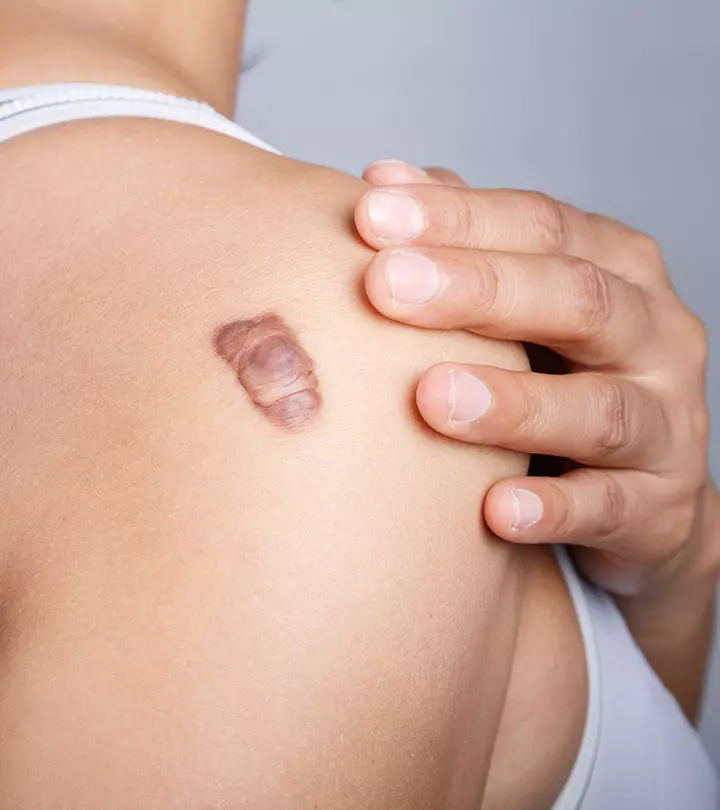


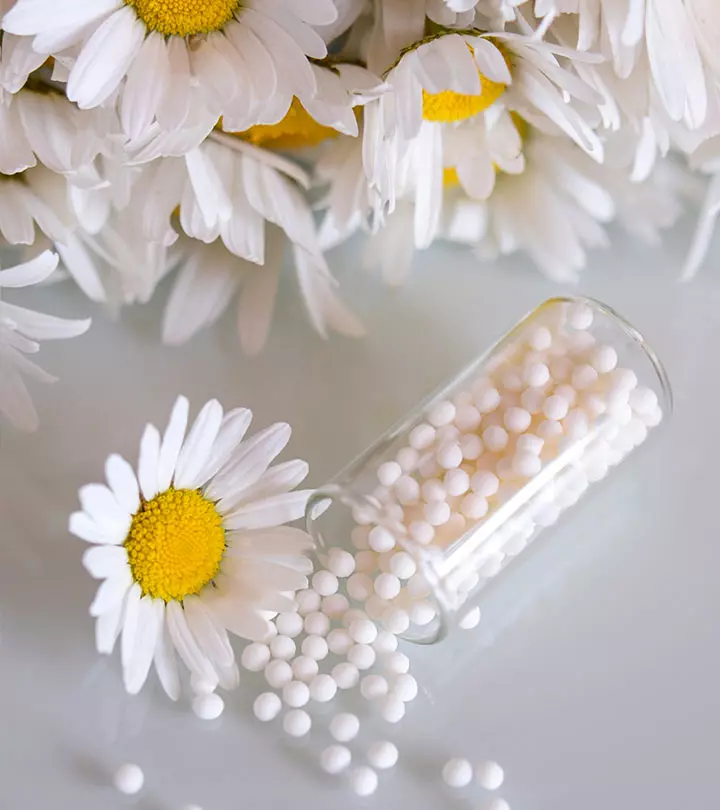


Community Experiences
Join the conversation and become a part of our empowering community! Share your stories, experiences, and insights to connect with other beauty, lifestyle, and health enthusiasts.